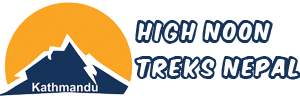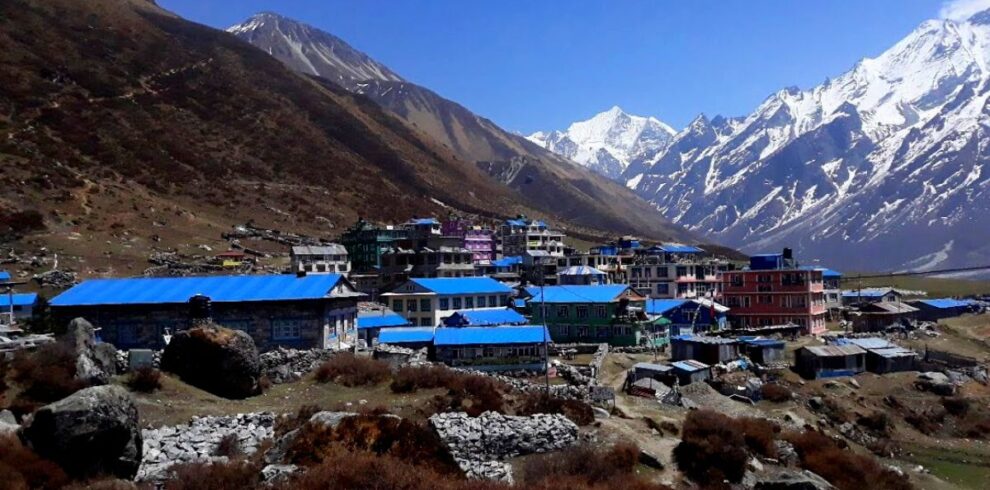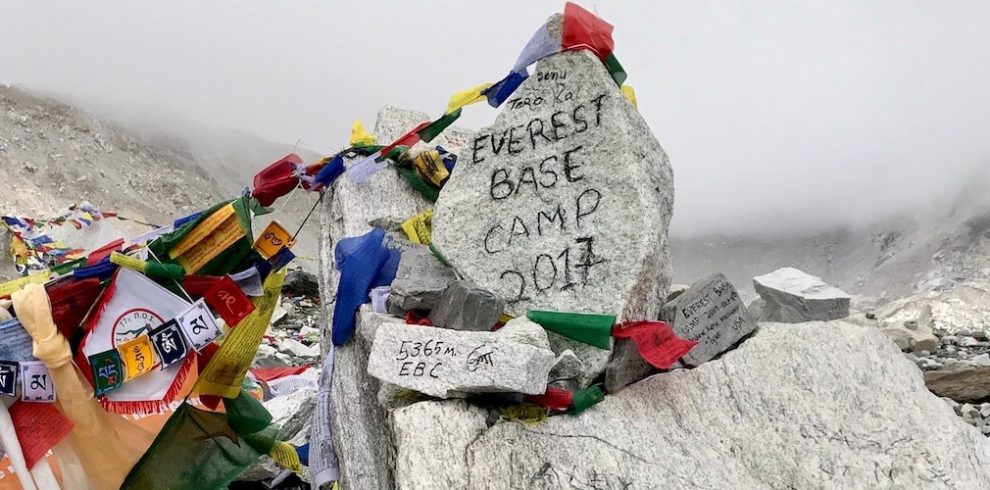Overview
The Langtang Valley Trek is a popular trekking destination in Nepal that takes you through the beautiful Langtang Valley, which is located in the Langtang National Park. Here’s some information about the trek:
Duration: The Langtang Valley Trek typically takes around 7-10 days to complete, depending on your pace and itinerary.
Starting point: The trek usually starts from the village of Syabrubesi, which is about 7-8 hours drive from Kathmandu.
Highlights: The Langtang Valley Trek offers stunning views of the Langtang Himalayan range, including Langtang Lirung (7,227m), Gang Chhenpo (6,388m), Dorje Lakpa (6,990m), and Yala Peak (5,520m). You’ll also get to see beautiful glaciers, rivers, and forests of rhododendron, bamboo, and pine trees. Additionally, the trek provides a chance to experience the unique Tamang culture and lifestyle of the local people.
Difficulty level: The Langtang Valley Trek is a moderate-level trek and is suitable for most people who are physically fit. However, some parts of the trek can be challenging due to steep ascents and descents, high altitudes, and variable weather conditions.
Permits: To trek in the Langtang National Park, you’ll need to obtain the Langtang National Park Permit and the TIMS (Trekkers’ Information Management System) card.
Accommodation: There are plenty of guesthouses and teahouses along the trail where you can stay overnight. Most of these accommodations offer basic facilities such as a bed, blanket, and shared bathroom. However, keep in mind that the higher you go, the more basic the facilities become.
Best time to trek: The best time to trek in the Langtang Valley is during the spring (March to May) and autumn (September to November) seasons when the weather is clear, and the views are spectacular.
Overall, the Langtang Valley Trek is a great way to experience the natural beauty and cultural richness of Nepal. However, it’s important to plan and prepare well for the trek to ensure a safe and enjoyable experience.
Highlights
- Stunning mountain scenery: The Langtang Valley is home to some of the most beautiful and dramatic mountain scenery in Nepal. The trail offers panoramic views of the Langtang Himalayan range, including Langtang Lirung, Dorje Lakpa, and Ganesh Himal.
- Rich cultural heritage: The Langtang region is home to a diverse array of ethnic groups, including the Tamang and Sherpa people. These communities have a rich cultural heritage and offer a unique insight into the traditional way of life in the Himalayas.
- Kyanjin Gompa: Kyanjin Gompa is a Buddhist monastery and cultural center in the heart of the Langtang Valley. The monastery is surrounded by stunning mountain scenery and offers an insight into the traditional Buddhist way of life in the Himalayas.
- Cheese factory: The Langtang region is famous for its delicious yak cheese, and there are several cheese factories along the trail. The factories offer an opportunity to learn about the cheese-making process and sample some of the local produce.
- Wildlife: The Langtang Valley is home to a variety of wildlife, including Himalayan tahr, musk deer, and red panda. The trail offers an opportunity to spot these animals in their natural habitat.
- Hot springs: There are several natural hot springs in the Langtang region, which offer a relaxing and rejuvenating break from the rigors of trekking. The springs are also believed to have healing properties and are popular with locals and visitors alike.







